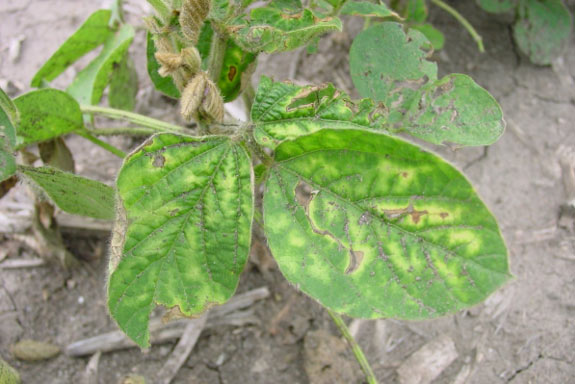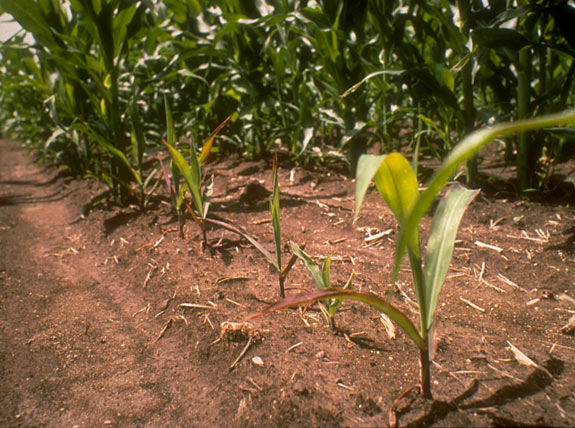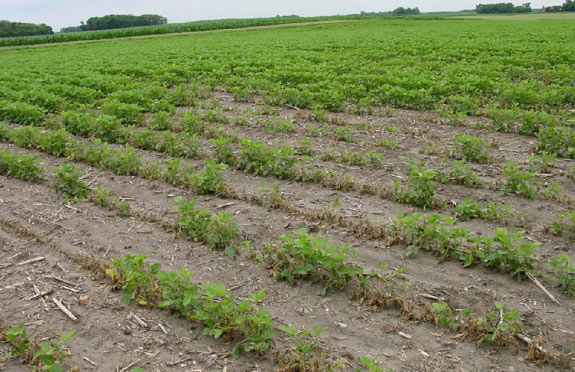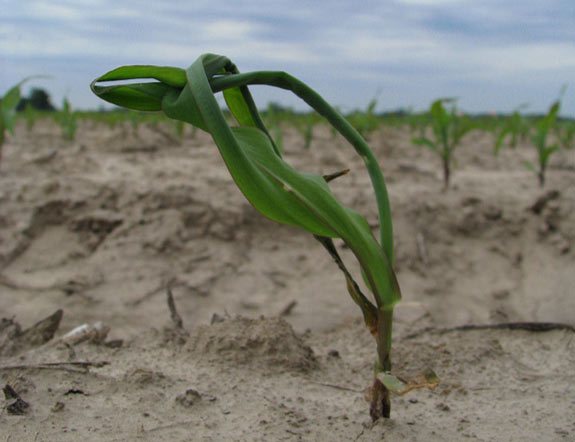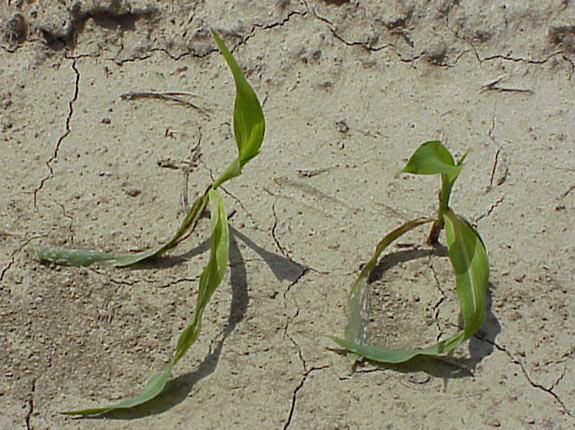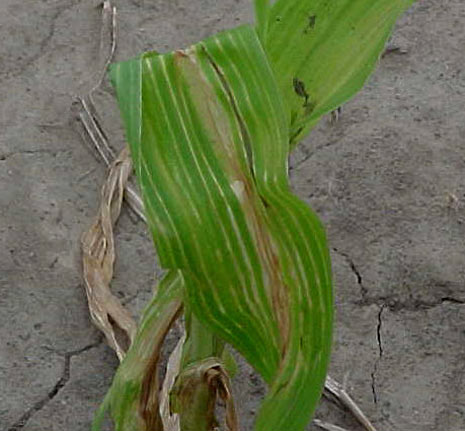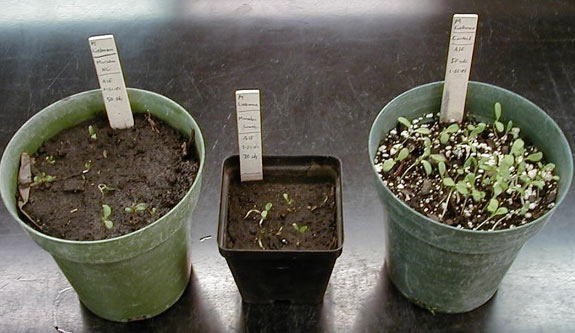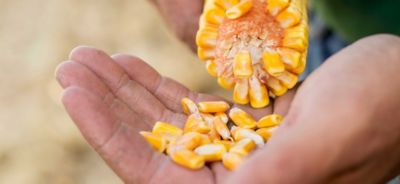1. Characteristics of the Herbicide
The chemical structure of a herbicide affects its water solubility, vapor pressure, soil binding, and susceptibility to microbial and chemical degradation. These characteristics, and how they interact with soil and weather (described below), determine how much herbicide is left at the time of rotational crop planting the following season. For example, herbicides that are highly bound to soil particles are often less likely to be available for microbial degradation.
2. Soil Characteristics
Soil characteristics have a large influence on herbicide persistence. Soils that are higher in clay and organic matter tend to bind more herbicide molecules to their surfaces (adsorption). This may reduce their availability for microbial degradation. Soil pH also has an effect, since it can influence herbicide solubility and also microbial activity. Soil microbes (bacteria, fungi, etc.) tend to be most active near neutral soil pH.
Soil pH levels significantly lower or higher than about 6.5 to 7.0 may alter the relative populations of species of microbes growing in the soil and therefore reduce degradation, leading to higher persistence. Soil pH can also affect chemical degradation. Some herbicides, such as sulfonylureas, are more readily degraded by chemical processes at lower soil pH, and therefore may be less likely to cause carryover damage at pH levels below 7 or so. In contrast, imidazolinone herbicides, which are primarily microbially degraded, are more tightly bound to soil colloids in lower pH soils and are more likely to cause carryover injury at lower soil pH due to reduced susceptibility to microbial degradation.
3. Weather Conditions
Temperature and rainfall have a large effect on herbicide persistence and the potential for carryover injury. Weather patterns that favor microbial activity (warm, moist conditions) increase degradation and lessen carryover potential (Figure 1). Temperature can also influence chemical processes, with warmer conditions favoring degradation.
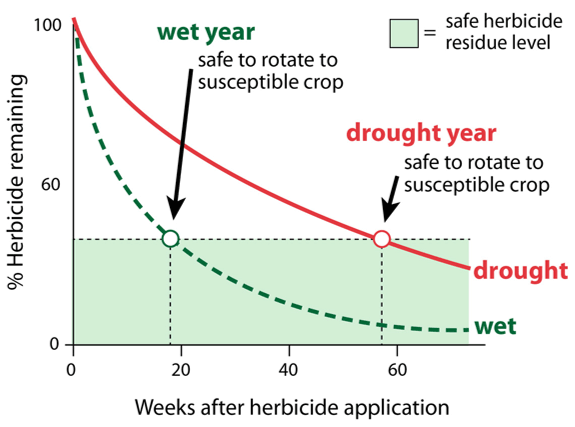
Figure 1. Illustration* of soil moisture effect on herbicide persistence – herbicides can persist much longer in dry vs. wet soils. Adapted from Colquhoun, 2006. *Does not pertain to any actual herbicide – check labels for rotational restrictions.
